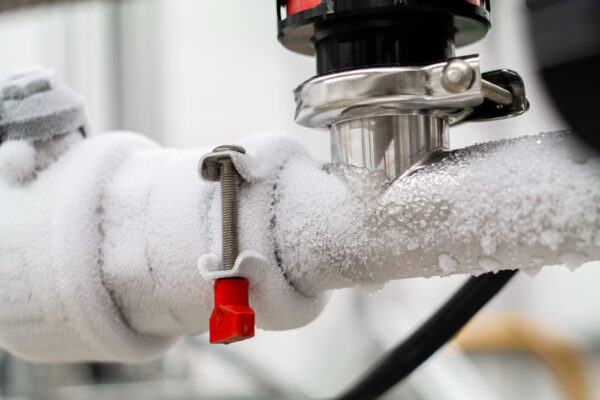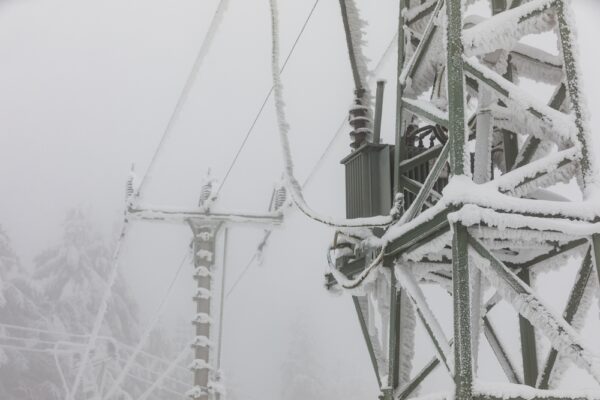6 Ways Cold Weather Affects Industrial Electronics

When winter arrives, temperature drops can cause widespread challenges for electrical systems and components, leading to everything from unscheduled repairs to operational inefficiencies. The good news? There are ways to fight back against winter’s bane and protect your sensitive electronics from low-temperature troubles.
Here’s a look at 6 ways cold weather affects industrial electronics — and how you can protect valuable equipment.
1. Increased condensation buildup
Wherever a cold front meets a warm front, condensation becomes a concern. As the temperature difference equalizes, moisture forms, which can cause problems for sensitive electronic components. The result can range from corrosion to short circuits and more. The best way to avoid condensation is to keep temperature and humidity levels consistent wherever possible. If consistency isn’t possible, let equipment acclimate to warmer temperatures before powering it on. Even just giving condensation time to evaporate can prevent potential damage.
2. Decreased battery efficiency
Cold temperatures cause batteries to discharge more rapidly, which effectively reduces their operational life. This is especially true for battery backups that may be used infrequently. To combat rapid discharging, keep batteries warm as much as possible. Consider insulated enclosures or heated storage areas for batteries not in regular use — especially critical backup power systems. It’s also a smart idea to test batteries regularly throughout the winter months and replace or service units that show signs of poor charge or power retention.

3. Increased thermal contraction
Thermal contraction is a concern for many materials during the cold weather months, and electronic components aren’t exempt from this phenomenon. Contraction can create stress on delicate connections, potentially leading to cracks, breaks, and coupling issues. Properly designed enclosures and temperature control systems can help keep the effects of thermal contraction from taking their toll.
4. Thickened lubricants and friction
Lubricants used in cooling fans and other moving parts can thicken in cold weather, increasing friction due to changes in viscosity. Friction leads to heat, which leads to component wear and, if not serviced, component failure. Using cold-weather lubricants and following a regular maintenance schedule can help keep things running smoothly, even in the worst of winter freezes. Look for lubricants with a high viscosity index and a low pour point, and make sure they’re appropriated rated for both temperature fluctuations and sensitive components.
5. Cracked displays and LCD failures
LCD screens and similar displays can be particularly susceptible to cold weather. Low temperatures can slow down the liquid crystals, resulting in slower response times, ghosting, or even temporary screen blackouts. The secret to optimal performance, all winter long, is to keep displays within their specified operating temperature range by using heaters or insulated enclosures. You could also consider using display protectors or covers to shield screens from cold drafts and sudden temperature changes.

6. Increased power consumption
Some electronic components — especially those with resistive elements — may draw more current in cold temperatures. The increased demand can stress power supplies and lead to overheating, which can quickly overload the circuit. Properly sized power supplies and circuit protection devices can prevent these issues. Regular electrical inspections can also help identify potential problems before winter pushes your electrical systems to the brink.
NOVEMBER SPECIAL: PACK-A-PALLET
Winter weather is right around the corner. Are your electronics ready? Now through the end of November, take advantage of our Pack-A-Pallet special: 15% OFF repairs on three or more units!
Act now to protect your equipment from winter weather
Cold weather introduces hidden risks that could compromise the efficiency and reliability of your industrial electronics. Investing in cold-weather solutions — whether it’s battery warmers, protective enclosures, or routine maintenance — safeguards your electronics, so they stay resilient no matter what the thermometer says. Stay prepared, and your operations will stay on track all season long.
